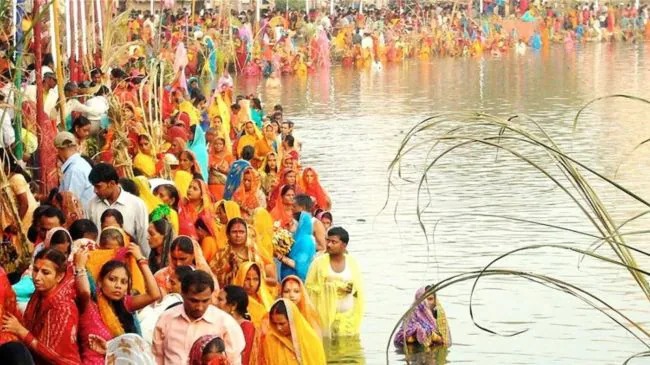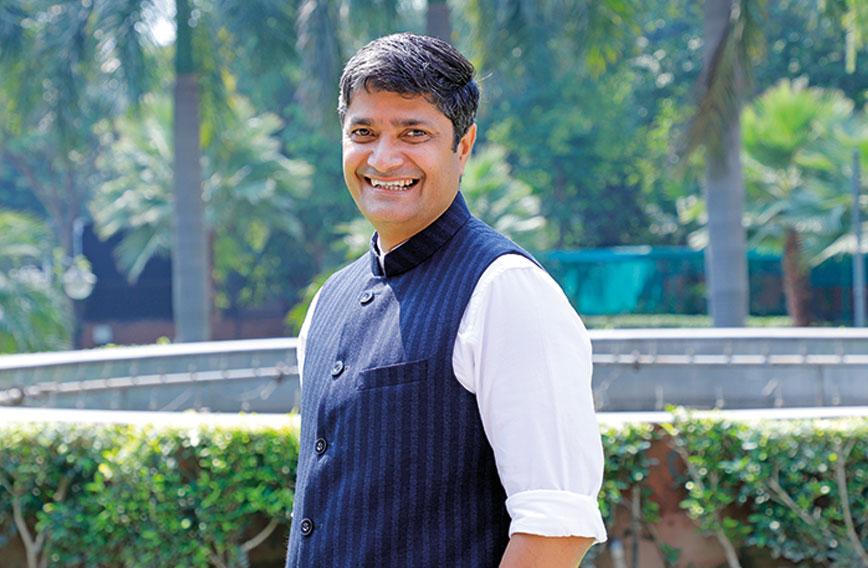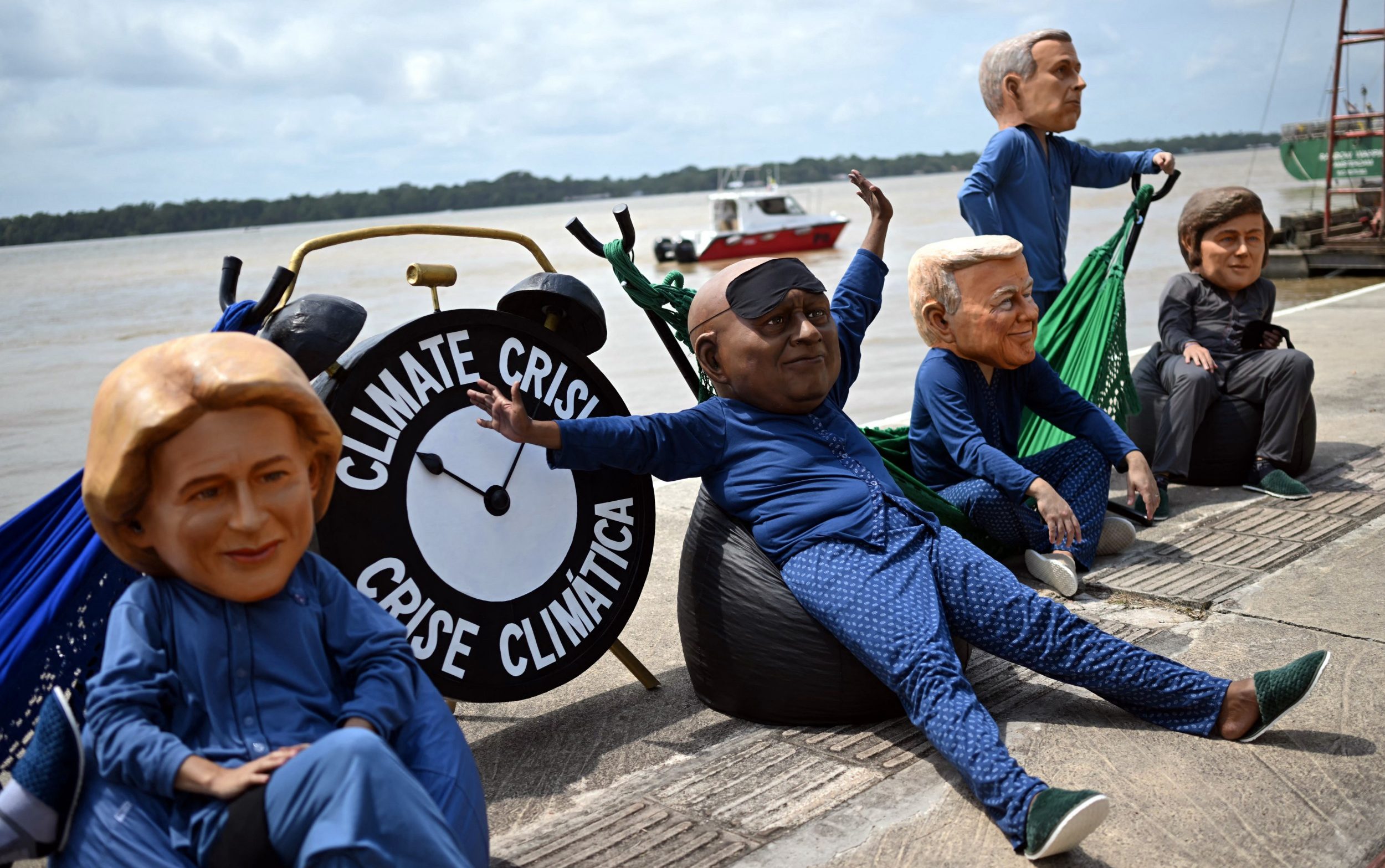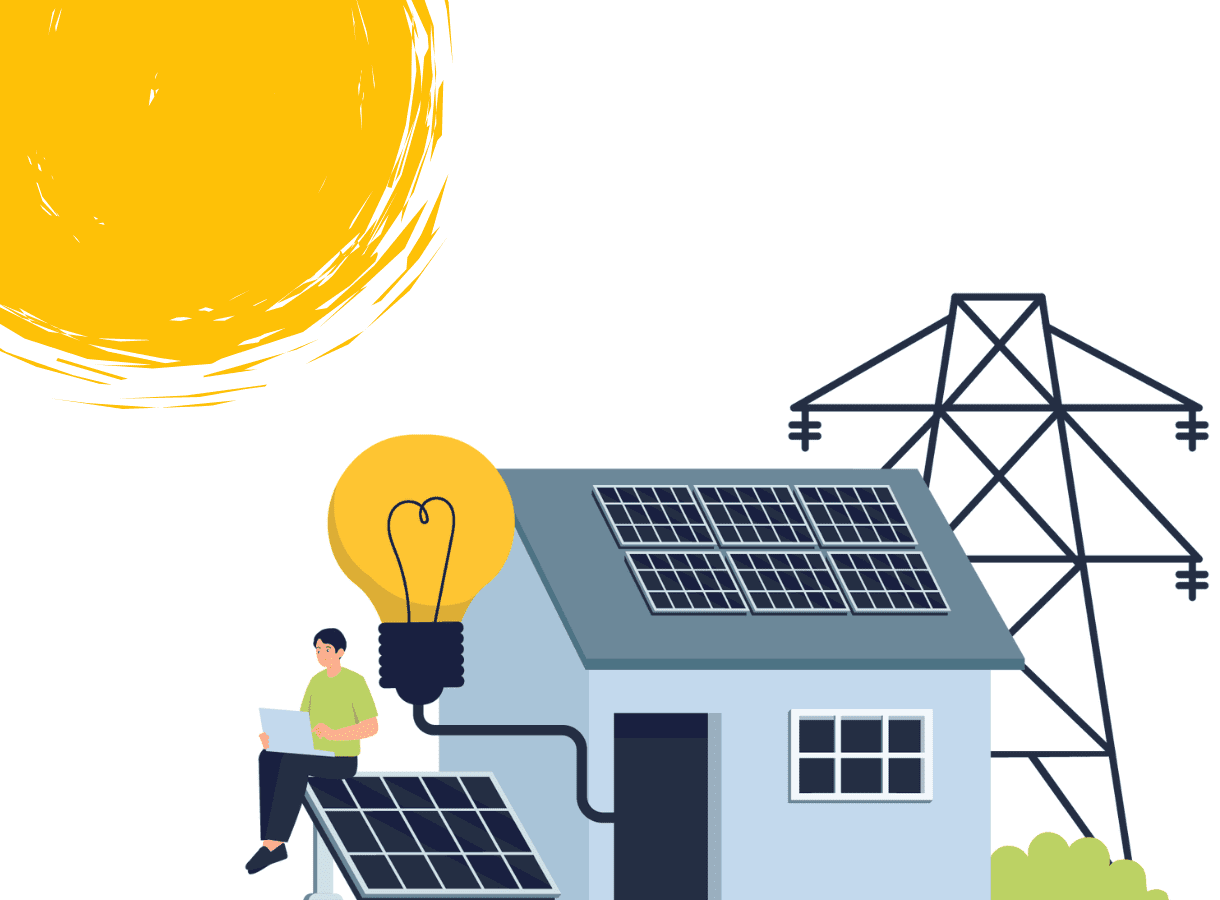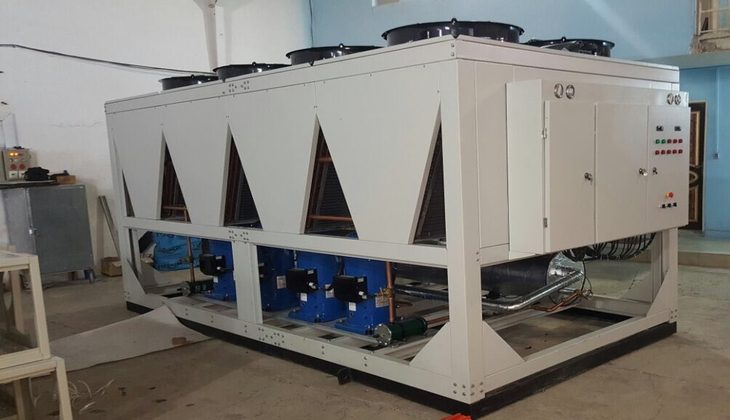We have been asking the wrong question. Instead of asking if rivers can be cleaned, we must ask how we can stop polluting them
Every year, as Chhath Puja brings millions of devotees to the banks of the Yamuna, the issue of river pollution takes centre stage. This, in turn, revives a perennial question: Can the Yamuna — or any polluted river in India — be cleaned?
The answer is both yes and no. Yes, because many countries across the world have restored their rivers and kept them clean. The technology exists; India, too, can achieve it. No state or authority has succeeded in keeping a water body unpolluted over the long term. The failure lies not in capacity but in approach. We have been asking the wrong question. Instead of asking if rivers can be cleaned, we must ask how we can stop polluting them. The difference is subtle but crucial. If waste is prevented from entering rivers, they will revive naturally, as we briefly saw during the COVID-19 lockdown when industries were shut.
Across the developed world, wastewater management is a solved problem: Sewage is collected from every household through a sewer network, sent to pumping stations, treated at sewage treatment plants (STPs), and discharged only after treatment. Industrial effluent is also strictly regulated, and industries comply with standards. In India, however, the story is different.
Why India is failing where others succeeded
In developed countries, and even in emerging economies like China, growing populations prompted cities to build systems that separated drains and sewers. Sewage went through a closed network of pipes to treatment plants, while drains carried only rainwater. In India, however, there is often no separation between sewer lines and stormwater drains. And where separate sewer lines do exist, a large percentage of households are not connected. Their sewage either flows directly into drains or into millions of septic tanks, from which untreated effluent eventually runs off into drains.
Instead of ensuring every household and institution is connected to a separate sewer line, we have promoted shortcuts — installing new STPs along with Interception and Diversion (I&D) drains that intercept open drains carrying mixed waste and divert them to STPs. On paper, this looks promising: If we can collect all wastewater through I&D drains and install enough STPs, then we can clean our rivers. This approach has been adopted by all river-cleaning schemes, including Namami Gange and the new Yamuna cleaning plan. But the reality on the ground is something else.
In the last decade, India has built impressive treatment capacity. Many cities now have more STP capacity than the sewage they generate. Delhi, for instance, generates 2,674 million litres per day (MLD) of sewage but has STPs capable of treating 3,300 MLD. Why then does untreated wastewater still flow into the Yamuna? The reason is simple: 30–40 per cent of Delhi’s population lives in colonies without sewer connections. Their sewage enters open drains, where it mixes with stormwater and other waste before being sent to STPs.
| City | Population (Million) | Sewage Generated (MLD) | Installed STP Capacity (MLD) |
| Lucknow | 4.13 | 495.6 | 605 |
| Prayagraj | 1.35 | 162 | 340 |
| Varanasi | 2.08 | 294.6 | 410 |
| New Delhi | 22.28 | 2673.6 | 3300 |
But no treatment plant can handle the massive volumes of drain discharge, especially during the monsoon when untreated sewage is allowed to bypass the system entirely. Even in dry seasons, STPs struggle because they are designed for specific sewage parameters that they never actually receive — owing to the mixing of sewage with drain water — making treatment inefficient. Treating a mixture of sewage, rainwater, and industrial waste is unscientific and wasteful, yet this remains India’s dominant approach.
Another problem is fragmented responsibility. In Uttar Pradesh, different contractors from multiple organisations — such as Jal Sansthan and Jal Nigam — handled sewer networks, pumping stations, and STPs separately, with no single agency accountable. In 2019, the state introduced the ‘One-City-One-Operator’ model, under which one company manages the entire sewerage system of a city for 10–15 years, with payments linked to performance. International firms like SUEZ, VA Tech Wabag, and Toshiba now operate under this model, with centralised payment, effluent testing by accredited agencies, and independent monitoring. Accountability has improved, but without full sewer coverage and separation of sewage from drains, even the best operators cannot solve the problem.
The way forward
For years, Indian cities have avoided building comprehensive household-level sewerage systems, citing costs, and have relied on I&D drains as a stopgap until all households are connected. But it is now clear that both the environmental and economic costs of treating drains instead of sewage collected through closed sewer networks are unsustainable.
It is important to recognise that modern sewage treatment infrastructure is costly to build and maintain. There are no cheap solutions. The cost of sewage treatment is nearly three times the cost of producing potable water. In Lucknow, for example, it costs Rs 7 to produce 1,000 litres of potable water, but Rs 21 to treat sewage to tertiary standards (BOD below 10). This cost must ultimately be recovered from the public. Wherever possible, treated water should be reused, recycled, and sold, but a well-functioning sewerage system must simply be accepted as a necessary public cost.
The Yamuna can indeed be cleaned — but only if we abandon shortcuts. We must follow the basic principles that have worked elsewhere and invest in comprehensive, scientific, and accountable systems. We can certainly innovate and make our systems more efficient. But unless we get the fundamentals right, we will remain trapped in an illusion of progress while our rivers continue to die.
